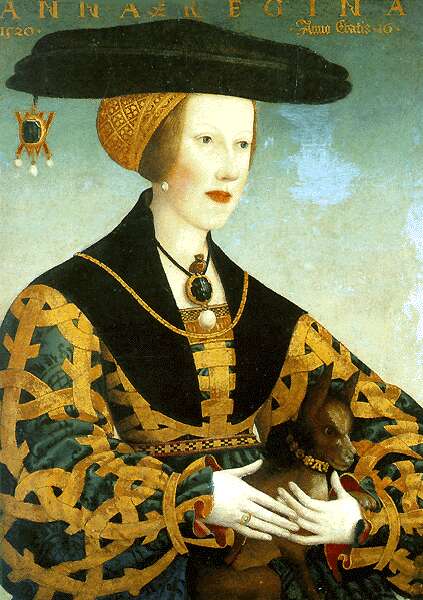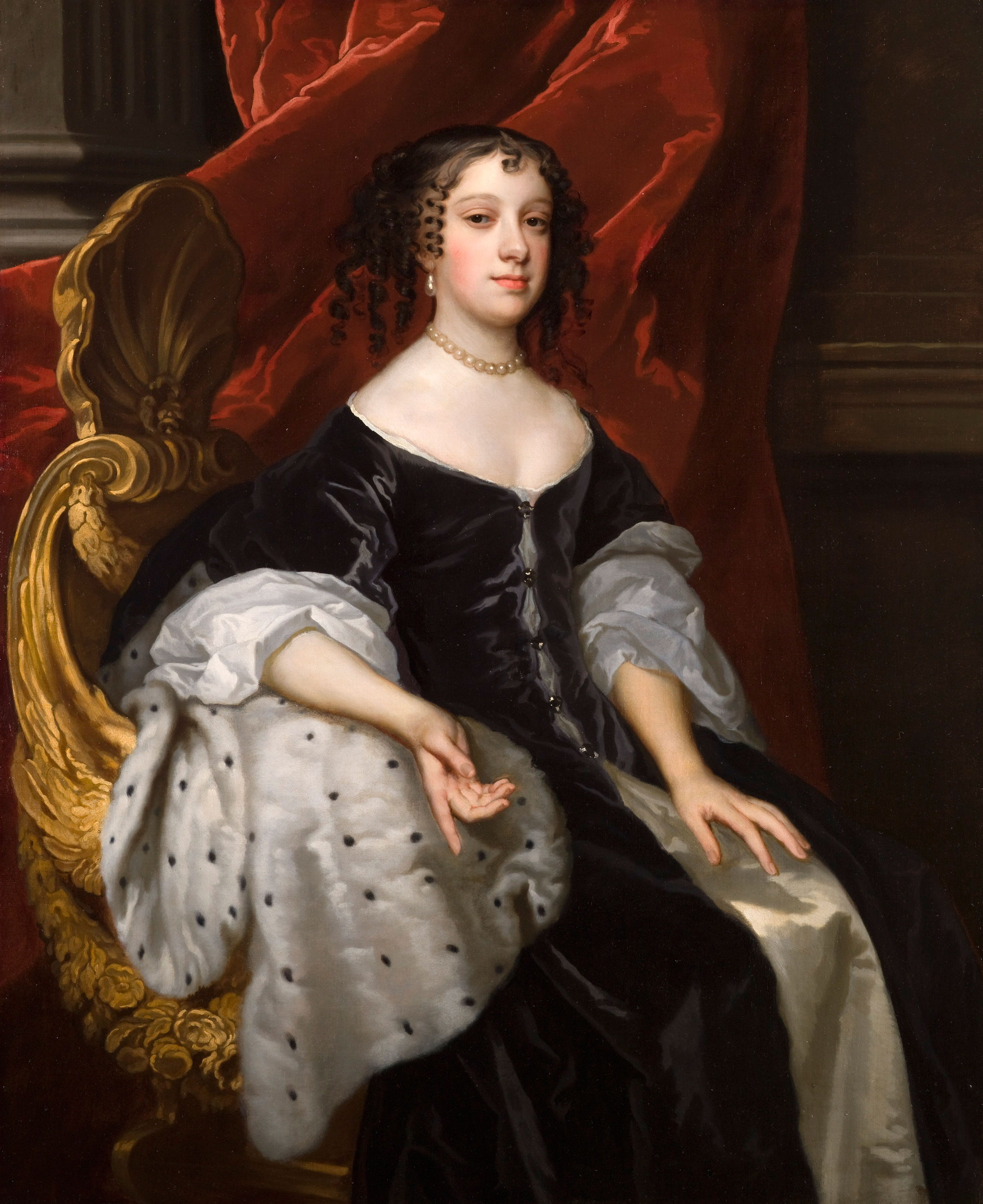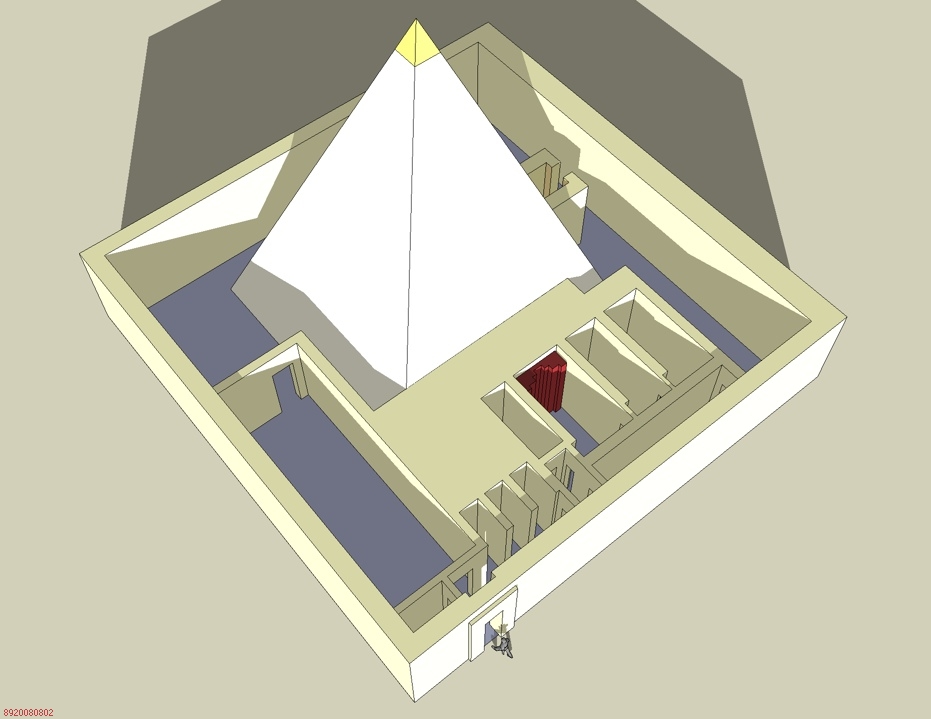|
Iput I
Iput I ( 2375 BC - 2325 BC) was a queen of ancient Egypt, a daughter of King Unas, the last king of the Fifth Dynasty of Egypt. She married Teti, the first King of the Sixth Dynasty of Egypt. Their son was Pepi I.Dodson, Aidan and Hilton, Dyan. The Complete Royal Families of Ancient Egypt. Thames & Hudson. 2004. She possibly ruled as regent for her son Pepi I. Life Iput may have been a daughter of the Fifth Dynasty King Unas. Her mother was Nebet or Khenut. She married King Teti, who was the first king of the Sixth Dynasty of Egypt. Their son was King Pepi I. Iput is depicted with her son Pepi on a decree-stela from Koptos. The skeletal remains found at her pyramid show she died as a middle-aged woman. Iput had another son, Nebkauhor. She had several daughters: Seshseshet Waatetkhethor, Seshseshet Idut, Seshseshet Nubkhetnebty and Seshseshet Sathor. Titles of Iput I Iput I held several titlesGrajetzki, Ancient Egyptian Queens: A Hieroglyphic Dictionary, Golden House P ... [...More Info...] [...Related Items...] OR: [Wikipedia] [Google] [Baidu] |
Queen Consort
A queen consort is the wife of a reigning king, and usually shares her spouse's social Imperial, royal and noble ranks, rank and status. She holds the feminine equivalent of the king's monarchical titles and may be crowned and anointed, but historically she does not formally share the king's political and military powers, unless on occasion acting as regent. In contrast, a queen regnant is a female monarch who rules ''suo jure'' (Latin for, "in her own right") and usually becomes queen by inheriting the throne upon the death of the previous monarch. A queen dowager is a widowed queen consort, and a queen mother is a queen dowager who is the mother of the current monarch. Titles When a title other than king is held by the sovereign, his wife can be referred to by the feminine equivalent, such as princess consort or empress consort. In monarchies where polygamy has been practised in the past (such as Morocco and Thailand), or is practised today (such as the Zulu people, Zulu ... [...More Info...] [...Related Items...] OR: [Wikipedia] [Google] [Baidu] |
Pepi I
Pepi I Meryre (also Pepy I; died 2283 BC) was an ancient Egyptian pharaoh, king, third king of the Sixth Dynasty of Egypt, who ruled for over 40 years from the 24th to the 23rd century BC, toward the end of the Old Kingdom of Egypt, Old Kingdom period. He was the son of Teti, the founder of the dynasty, and ascended the throne only after the brief intervening reign of the shadowy Userkare. His mother was Iput, who may have been a daughter of Unas, the final ruler of the preceding Fifth Dynasty of Egypt, Fifth Dynasty. Pepi I, who had at least six consorts, was succeeded by his son Merenre Nemtyemsaf I, with whom he may have shared power in a coregency at the very end of his reign. Pepi II, Pepi II Neferkare, who might also have been Pepi I's son, succeeded Merenre. Several difficulties accumulated during Pepi's reign, beginning with the possible murder of his father and the ensuing reign of Userkare. Later, probably after his twentieth year of reign, Pep ... [...More Info...] [...Related Items...] OR: [Wikipedia] [Google] [Baidu] |
Queens Consort Of The Sixth Dynasty Of Egypt
Queens is the largest by area of the five boroughs of New York City, coextensive with Queens County, in the U.S. state of New York. Located near the western end of Long Island, it is bordered by the borough of Brooklyn and by Nassau County to its east, and shares maritime borders with the boroughs of Manhattan, the Bronx, and Staten Island, as well as with New Jersey. Queens is one of the most linguistically and ethnically diverse places in the world. With a population of 2,405,464 as of the 2020 census, Queens is the second-most populous county in New York state, behind Kings County (Brooklyn), and is therefore also the second-most populous of the five New York City boroughs. If Queens were its own city, it would be the fourth most-populous in the U.S. after the rest of New York City, Los Angeles, and Chicago. Queens is the fourth-most densely populated borough in New York City and the fourth-most densely populated U.S. county. Queens is highly diverse with approximately 47 ... [...More Info...] [...Related Items...] OR: [Wikipedia] [Google] [Baidu] |
Princesses Of The Fifth Dynasty Of Egypt
Princess is a title used by a female member of a regnant monarch's family or by a female ruler of a principality. The male equivalent is a prince (from Latin ''princeps'', meaning principal citizen). Most often, the term has been used for the consort of a prince, or for the daughter of a monarch. A crown princess can be the heir apparent to the throne or the spouse of the heir apparent. Princess as a substantive title Some princesses are reigning monarchs of principalities. There have been fewer instances of reigning princesses than reigning princes, as most principalities excluded women from inheriting the throne. An example of a princess regnant is Constance of Antioch, princess regnant of Antioch in the 12th century. Since the president of France, an office for which women are eligible, is ''ex-officio'' a co-prince of Andorra, then Andorra could theoretically be jointly ruled by a princess. Princess as a courtesy title Descendants of monarchs For many centuries, the t ... [...More Info...] [...Related Items...] OR: [Wikipedia] [Google] [Baidu] |
Ancient Women Regents
Ancient history is a time period from the beginning of writing and recorded human history through late antiquity. The span of recorded history is roughly 5,000 years, beginning with the development of Sumerian cuneiform script. Ancient history covers all continents inhabited by humans in the period 3000 BCAD 500, ending with the expansion of Islam in late antiquity. The three-age system periodises ancient history into the Stone Age, the Bronze Age, and the Iron Age, with recorded history generally considered to begin with the Bronze Age. The start and end of the three ages vary between world regions. In many regions the Bronze Age is generally considered to begin a few centuries prior to 3000 BC, while the end of the Iron Age varies from the early first millennium BC in some regions to the late first millennium AD in others. During the time period of ancient history, the world population was exponentially increasing due to the Neolithic Revolution, which was in full progr ... [...More Info...] [...Related Items...] OR: [Wikipedia] [Google] [Baidu] |
Cairo
Cairo ( ; , ) is the Capital city, capital and largest city of Egypt and the Cairo Governorate, being home to more than 10 million people. It is also part of the List of urban agglomerations in Africa, largest urban agglomeration in Africa, List of largest cities in the Arab world, the Arab world, and List of largest metropolitan areas of the Middle East, the Middle East. The Greater Cairo metropolitan area is List of largest cities, one of the largest in the world by population with over 22.1 million people. The area that would become Cairo was part of ancient Egypt, as the Giza pyramid complex and the ancient cities of Memphis, Egypt, Memphis and Heliopolis (ancient Egypt), Heliopolis are near-by. Located near the Nile Delta, the predecessor settlement was Fustat following the Muslim conquest of Egypt in 641 next to an existing ancient Roman empire, Roman fortress, Babylon Fortress, Babylon. Subsequently, Cairo was founded by the Fatimid Caliphate, Fatimid dynasty in 969. It ... [...More Info...] [...Related Items...] OR: [Wikipedia] [Google] [Baidu] |
Egyptian Museum
The Museum of Egyptian Antiquities, commonly known as the Egyptian Museum (, Egyptian Arabic: ) (also called the Cairo Museum), located in Cairo, Egypt, houses the largest collection of Ancient Egypt, Egyptian antiquities in the world. It houses over 120,000 items, with a representative amount on display. Located in Tahrir Square in a building built in 1901, it is the list of largest art museums, largest museum in Africa. Among its masterpieces are Pharaoh Tutankhamun's treasure, including its iconic Mask of Tutankhamun, gold burial mask, widely considered one of the best-known works of art in the world and a prominent symbol of ancient Egypt. History The Egyptian Museum of Antiquities contains many important pieces of ancient Egyptian history. It houses the world's largest collection of Pharaonic antiquities. The Egyptian government established the museum built in 1835 near the Azbakeya, Ezbekieh Garden and later moved to the Cairo Citadel. In 1855, Maximilian I of Mexico, ... [...More Info...] [...Related Items...] OR: [Wikipedia] [Google] [Baidu] |
Mastaba
A mastaba ( , or ), also mastabah or mastabat) is a type of ancient Egyptian tomb in the form of a flat-roofed, rectangular structure with inward sloping sides, constructed out of mudbricks or limestone. These edifices marked the burial sites of many eminent Egyptians during Egypt's Early Dynastic Period and Old Kingdom. Non-royal use of mastabas continued for over a thousand years. The word ''mastaba'' comes from the Arabic word (maṣṭaba) "stone bench". The Ancient Egyptian name was pr- Djt, meaning "house of stability", " house of eternity", or "eternal house". History The afterlife was centralized in the religion of ancient Egyptians. Their architecture reflects this, most prominently by the enormous amounts of time and labor involved in building tombs. Ancient Egyptians believed that the needs from the world of the living would be continued in the afterlife; it was therefore necessary to build tombs that would fulfill them, and be sturdy enough to last for an eter ... [...More Info...] [...Related Items...] OR: [Wikipedia] [Google] [Baidu] |
Victor Loret
Victor Clement Georges Philippe Loret (1 September 1859 – 3 February 1946) was a French Egyptologist. Biography His father, Clément Loret, was a professional organist and composer, of Belgian origin, who had been living in Paris since 1855. He stayed in Egypt several times and published his first book, ''L'Égypte aux temps des pharaons'', in 1898. Loret studied with Gaston Maspero at the École des Hautes Études. In 1897 he became the head of the Egyptian Antiquities Service. In March 1898, he discovered KV35, the tomb of Amenhotep II in the Valley of the Kings. Amenhotep II's mummy was still located in his royal sarcophagus but the tomb also proved to hold a cache of several of the most important New Kingdom Pharaohs such as Thutmose IV, Amenhotep III and Ramesses VI. The cache of Royal Mummies had been placed in KV35 to protect them from looting by tomb robbers by the 21st Dynasty High Priest of Amun, Pinedjem. In 1920 he examined the Great Zimbabwe in what was t ... [...More Info...] [...Related Items...] OR: [Wikipedia] [Google] [Baidu] |
Khuit
Khuit II () was a wife of King Teti, the first pharaoh, king of the Sixth Dynasty of Egypt. Biography Khuit may have been the first prominent royal wife from the reign of Teti. If so, her position would later be taken over by Iput. Khuit may have been the mother of King Userkare (according to :hu:Jánosi Péter (egyiptológus), Jánosi and Callender), but this is not at all certain and some would have a queen named Khentkaus IV as the mother of Userkare. Khuit was the mother of Tetiankhkem, whilst Khuit's daughter could have been Seshseshet Sheshit. According to her monuments, Khuit held the titles: * King's Wife (''ḥmt-niswt'') and King's Wife, his beloved (''ḥmt-niswt mryt.f'') * Companion of Horus (''smrt-ḥrw'') Burial The pyramids of Iput I and Khuit were discovered between July 1897 and February 1899 by Victor Loret just north of Teti's pyramid complex at Saqqara.Lauer, Jean Phillipe. Saqqara: The Royal Cemetery of Memphis, Excavations and Discoveries since 1850. ... [...More Info...] [...Related Items...] OR: [Wikipedia] [Google] [Baidu] |
Saqqara
Saqqara ( : saqqāra[t], ), also spelled Sakkara or Saccara in English , is an Egyptian village in the markaz (county) of Badrashin in the Giza Governorate, that contains ancient burial grounds of Egyptian royalty, serving as the necropolis for the ancient Egyptian capital, Memphis, Egypt, Memphis. Saqqara contains numerous pyramids, including the Pyramid of Djoser, sometimes referred to as the Step Pyramid, and a number of mastaba tombs. Located some south of modern-day Cairo, Saqqara covers an area of around . Saqqara contains the oldest complete stone building complex known in history, the Pyramid of Djoser, built during the Third Dynasty of Egypt, Third Dynasty. Another sixteen Egyptian kings built pyramids at Saqqara, which are now in various states of preservation. High officials added private funeral monuments to this necropolis during the entire History of ancient Egypt, Pharaonic period. It remained an important complex for non-royal burials and cult ceremonies for more ... [...More Info...] [...Related Items...] OR: [Wikipedia] [Google] [Baidu] |
Pyramide Ipout I 2
Pyramide may refer to: * Pyramide, brand name in Japan and Thailand for pyrazinamide, an anti-tuberculosis drug * Pyramide (benzamide), a group of benzamides, one of which is used as a fungicide * Pyramidal tracts, anatomical feature, aggregations of nerve fibres from the spinal cord to the brain, sometimes referred to as "pyramides" * Pyramide (patience), a double-deck solitaire card game * Die Pyramide, a high-rise building in Berlin * La Pyramide a restaurant in Vienne, Isère, France * La Pyramide (building) La Pyramide is a high-rise building located in the Plateau area of Abidjan, the largest city in Ivory Coast Ivory Coast, also known as Côte d'Ivoire and officially the Republic of Côte d'Ivoire, is a country on the southern coast of West ..., a building in Abidjan, Ivory Coast See also * Pyramid (other) {{Disambiguation ... [...More Info...] [...Related Items...] OR: [Wikipedia] [Google] [Baidu] |








